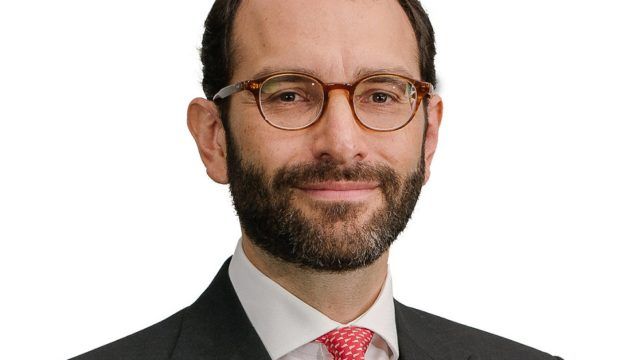The 2017 merger between Aberdeen and Standard Life formed an investment giant with $643.3bn in global AUM.
Hendry said that ASI now has a wider breadth of products: private markets, such as private equity and real estate; Asia-Pacific and emerging markets long-only equities; and quant, which includes smart beta products.
This year, ASI intends to roll out fixed maturity products and additionally, seven Ucits funds, mainly Europe-focused, have been registered for sale in Hong Kong.
Yet in Asia-Pacific, the firm manages only $23.2bn from Asian investors, which is split evenly between institutional and wholesale/retail.
Hendry admitted $23bn is not much considering Aberdeen has had a strong brand in the region for decades. To scale up, the firm plans to aggressively go after the Japan and Australian markets, particularly the institutional investor base.
“No one has been getting billions out of China the last couple years, but we do see it in Australia and Japan with regular consistency,” he said, adding that ASI has made several hires in Japan and Australia the past six months on both the investment and sales side.
In Hong Kong, the firm last month hired Asian equities specialist Ben Sheehan from HSBC GAM. Hendry intends to add more staff in Asia and is keen on hiring product specialists who represent the portfolio manager at client meetings, which frees up time for the manager to run the fund.
He admits finding people in Asia is difficult. “A lot of firms are coming into the region but there is only a finite set of people with ten years of experience. Seasoned veterans aren’t readily available in Asia.”
Fees and regs
Hendry said structural changes that began in Europe around 2009 are starting to reach Asia. For example, fee pressure is rising.
“Three years ago you would have a normal fee conversation. Now distributors want more percent and the more advanced ones are protecting future revenues by putting these active advisory models in a wrap.”
Mutual funds and distributors charge a percentage for a wrap, when previously the fee was split between both sides.
For example, for an emerging markets fund that charges 150bp, the distributor says there is no need to share revenues anymore, “I just need your cheapest share class. So 150bp can drop to 40bp overnight. That creates fee pressure”, he said.
Institutional mandates are becoming large and complex, with added requirements of advisory work. “In return for a $750m investment, you don’t use the normal fee card anymore.”
Regulatory changes are also bubbling up. In Hong Kong, he mentioned “product suitability” for private bank clients, which asset managers are working to define. Suitability is hard to measure for more complex products like those with a private market or ESG focus. “Risks of liability have increased. Consequences can be very severe for a firm.”
While regulation and fee pressure in Asia are not as comprehensive as they are is in Europe, “these winds are just coming to the Eastern shores”.
China strategy
Outside of Singapore and Hong Kong, ASI has launched products in Thailand through a local office and also has an India joint venture. In Taiwan, the firm has a local team and has launched a multi-asset fund with private markets assets in the portfolio.
In China, the firm set up a wholly foreign-owned enterprise (Wfoe) structure in Shanghai and debuted an onshore fund after obtaining a private fund management licence.
The Shanghai office has 20 people working in distribution, operations, legal compliance and investment management, he said.
For mainland distribution, the firm solicits brokerages and security houses for investment, but there are no partnerships.
“We’re a small player and our onshore fund is small, with around $20m in assets. We’re not a brand name in China and have no captive distribution, so it’s hard going. But the long-term strategy behind it is to understand the market and the Wfoe is set up so that we don’t come late to the game.”
Hendry said he doesn’t plan to move fast in China. “We are driven by what is permissible by [mainland regulator] the CSRC, and if we are allowed to [take further steps] we will.”
The firm’s China strategy also involves inbound capital. ASI’s $2.3bn China A-share equity fund, managed out of Hong Kong, is the fourth largest in the China equity category of 110 funds and among the top five performers over three years, according to FE.
Hendry said large inflows have come from pension funds in Latin American, a region that generally doesn’t invest much in China.
“We want to be one of the top managers for foreign money investing in the mainland,” he said.

















